Posted on 12/4/2023
.jpeg)
Your vehicle's transmission is a critical component of its drivetrain, responsible for controlling power delivery from the engine to the wheels. There are several different types of transmissions available, each with its unique characteristics and mechanisms. Let’s dive into the world of transmissions, exploring the key differences between automatic, manual, continuously variable transmission (CVT), and dual-clutch transmissions. 1. Automatic Transmission: Automatic transmissions are prevalent in today's vehicles due to their ease of use. They do the gear shifting for you, allowing you to focus on driving without the need for a clutch pedal. An automatic transmission employs a complex system of hydraulic torque converters and planetary gears to shift gears automatically based on your driving conditions. This type of transmission provides smooth and effo ... read more
Posted on 11/30/2023
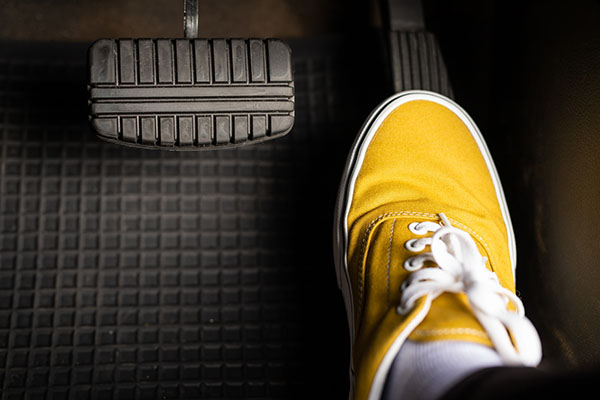
In today's world, there is a growing concern for the environment and a push towards more sustainable practices in all aspects of life. One area where many people are looking to make a difference is in the way they use and maintain their vehicles. And a question arises - "How can I make my car more eco-friendly?" 1. Keep Up With Regular Maintenance Maintenance not only ensures that your car runs smoothly and efficiently, but it also helps to reduce harmful emissions. Keeping your engine properly tuned, changing the air filter regularly, and making sure your tires are properly inflated can all contribute to a more eco-friendly driving experience. 2. Drive Smarter Being mindful of your driving habits can have a bi ... read more
Posted on 10/30/2023

As ocean waves crash in the coasts and slide on the beaches, the coastal regions are a desire of many. But there is a catch. Alongside this picturesque allure lurks a silent threat that stealthily gnaws at the very essence of our cherished vehicles. Yes, we are talking about the impact of humidity. It can slowly but surely unravel the robust material of our cars, rendering them vulnerable to a host of insidious maladies. How Does Humidity Affect My Car? Humidity or ocean breeze, often misconstrued as a soothing presence, is a silent foe that can seep into every nook and cranny of our vehicles, leading to a slew of complications. The relentless moisture in the air can pave the way for rust and corrosion, gradually undermining the structural integrity of the car's exterior. Furthermore, the internal components, from electrical systems to upholstery, bear the brunt of this moisture-laden assault, manifesting in mold growth, musty odors, and electrical malfunc ... read more
Posted on 9/29/2023
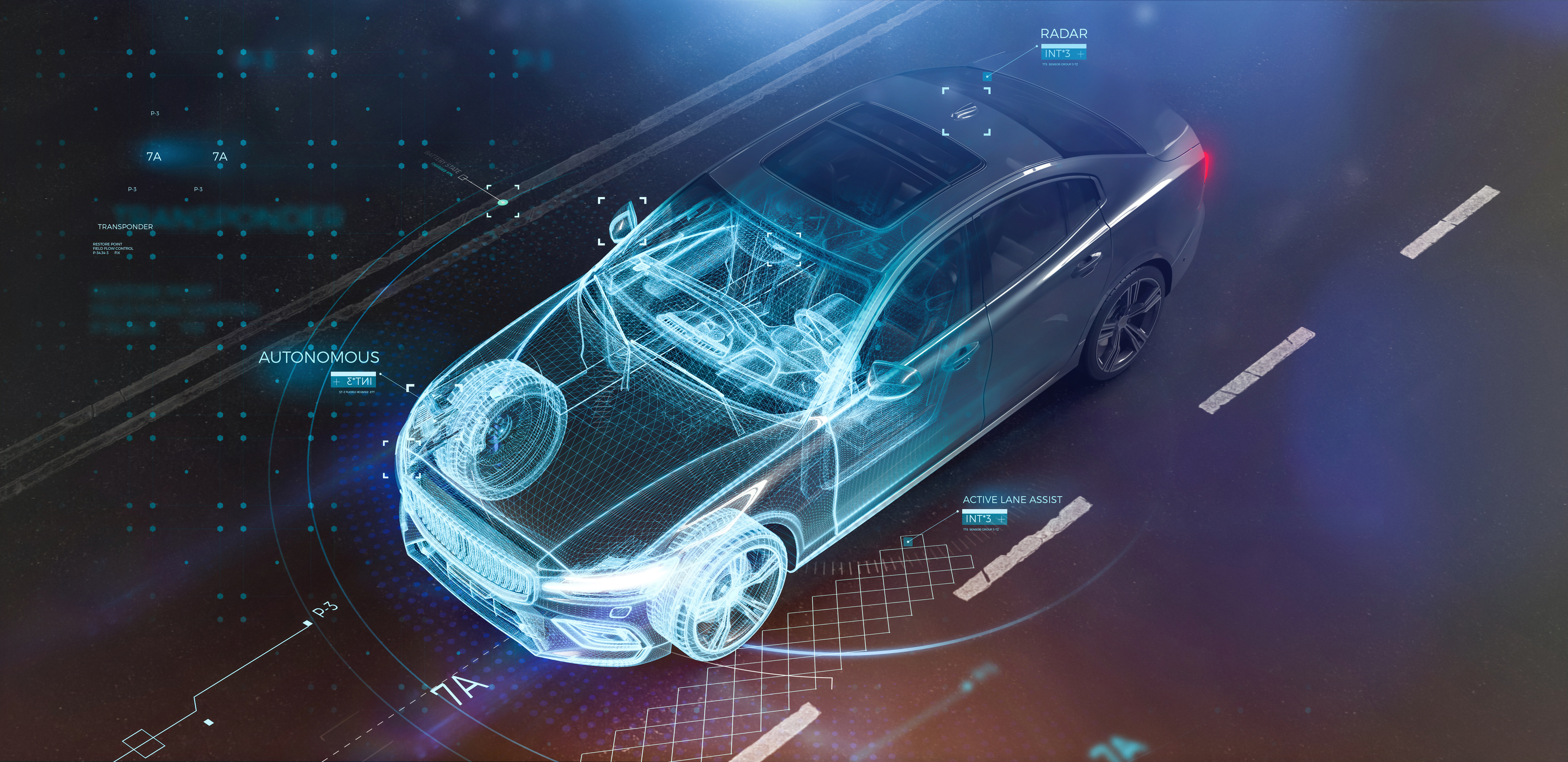
As car enthusiasts, we've all been captivated by the sheer thrill of rear-wheel-drive (RWD) vehicles, those machines that gracefully dance through corners and deliver power to the pavement with unrivaled finesse. But with great performance comes great responsibility, and today, we dive into a topic that often swirls in the minds of RWD aficionados – "Do rear-wheel-drive vehicles need extra maintenance?" The short answer is yes. They do need a few extra procedures and maintenance tasks to be as safe as possible. While advances in technology have proven RWD cars as safe as their other counterparts, it’s better to be safe than sorry and go the extra mile. Differential Fluid Checks The heart of any RWD vehicle lies in its differential. This component distributes power to the rear wheels while allowing them to rotate at different speeds during turns. To keep this vital part in top shape, regular differential fluid checks and change ... read more
Posted on 8/25/2023
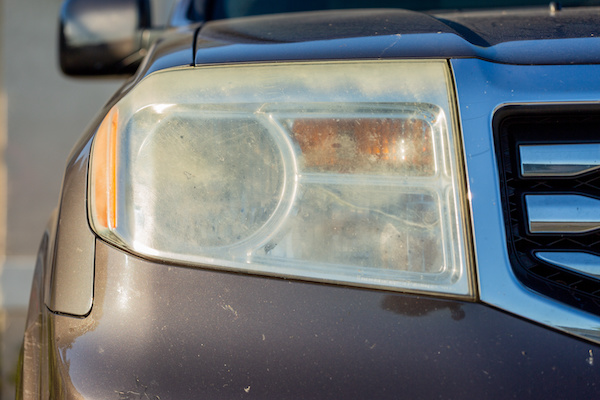
Foggy and yellow headlights are a common issue faced by many drivers, and the culprit is often oxidation. Just as metals rust when exposed to the elements, your car's headlights can oxidize over time. This oxidation, caused by UV rays, pollutants, and other environmental factors, leads to a cloudy appearance on the surface of your headlights. As a result, the clarity of your headlights diminishes, reducing their effectiveness in illuminating the road. Hazy headlights aren't just an aesthetic concern; they can compromise your safety on the road. Diminished visibility due to oxidized headlights reduces your ability to see obstacles, pedestrians, and other vehicles clearly, especially during night driving or adverse weather conditions. Furthermore, foggy headlights can also reduce your visibility to other drivers, increasing the risk of car accidents. The good news is that you don't have to live with foggy headlights forever. Headlight restoration is a professional service d ... read more
Posted on 7/28/2023
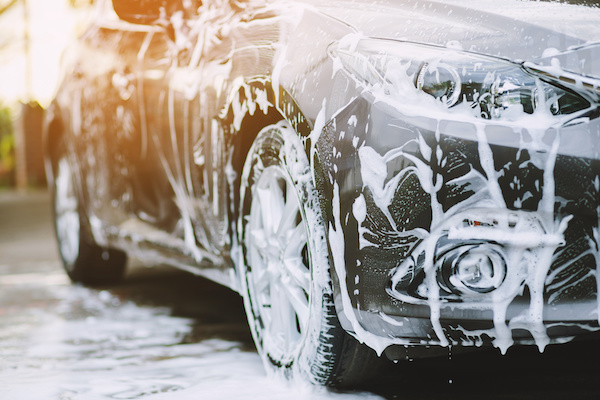
Spending time at the beach is a great way to enjoy summer. It may be enjoyable and adventurous but may harm your car. If you don't clean sand and saltwater properly from your car, you may have problems. How To Clean Your Car A clean car is essential to avoid potential damage from sand clogs. You can get rid of salt water and sand from your car in the following ways: 1. Rinse Thoroughly It's essential to rinse off accumulated sand or saltwater from your car immediately after spending time at the beach. A pressure washer or hosepipe can help you clean effectively. When spraying water, focus on the undercarriage, wheel wells, and grille. These areas accumulate sand easily. 2. Hand Wash Carefully Once rinsed off, hand wash your car using a mild detergent designed for automotive use. Avoid using household detergents as they can strip away protective coatings on your vehicle's paintwork. 3. Don't Forget About the Undercarriage Saltwater can cause corrosion in metal co ... read more
Posted on 6/27/2023
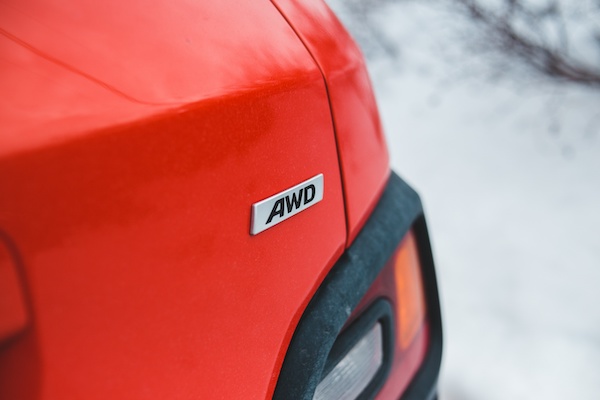
When it comes to navigating tough terrains and adverse weather conditions, having a vehicle with enhanced traction and stability is crucial. This is where all-wheel drive (AWD) and four-wheel drive (4WD) systems come into play. While these terms are often used interchangeably, it's important to understand their differences to make an informed decision when choosing your next vehicle. Let’s delve into the differences between AWD and 4WD. Power Distribution The key disparity between AWD and 4WD lies in how power is distributed to the wheels. AWD systems typically send power to all four wheels simultaneously, adjusting the distribution based on road conditions. On the other hand, 4WD systems are designed to deliver equal power to both front and rear wheels, with an option to switch between two-wheel drive and four-wheel drive when needed. Traction and Control AWD is best suited for enhancing traction on regular road surfaces, providing better control and stability in v ... read more
Posted on 5/31/2023
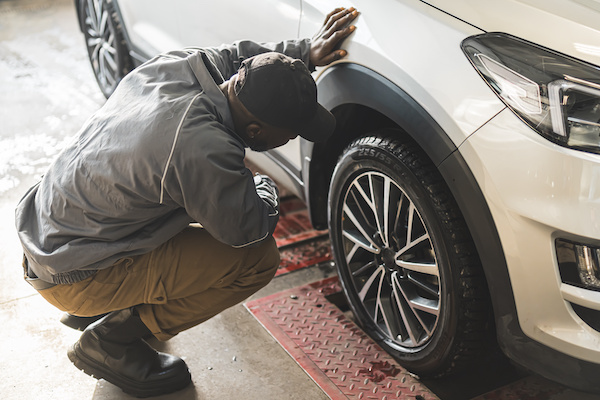
One essential aspect of car maintenance is the regular inspection of the suspension system. You can do this by performing the bounce test - a simple yet effective way to assess your car's shocks and struts. The bounce test is a visual and tactile method used to evaluate the condition of your vehicle's suspension system. It helps identify potential problems like worn-out shocks, which can impact your vehicle's stability, handling, and overall ride comfort. By detecting suspension problems early on, you can address them promptly, preventing further damage and ensuring a safer driving experience. Steps to Perform the Bounce Test Park your car on a flat and level surface. Ensure that the parking brake is engaged and the engine is turned off. Press down firmly on the front or rear of the vehicle. Apply your weight and force on the bumper, and push the car down with all your strength. Release the pressure and observe the vehicle's response. Pay attention to how ... read more
Posted on 5/9/2023
If you cannot answer this question – worry not. At Oceanworks Berkeley we are one of the few Bay Area shops that offer both the old refrigerant, the R134a, as well as the new R1234YF refrigerant. R1234YF is specially formulated to be friendly to the environment. Equipment designed to work with the new refrigerant has different fittings and special on-board sensors to prevent R134a from contaminating the new R1234YF refrigerant. So if you are not sure which refrigerant your car uses, make an appointment with Oceanworks Berkeley. We will check manufacturer database to determine which refrigerant is required by your vehicle, and will get your car’s ac serviced the same day. We made a conscious choice to offer ac services regardless of which refrigerant a vehicle may need. We purchased equipment that allows us to services vehicles using the old as well as the new refrigerant. So no matter which refrigerant your vehicle requires, we can complete ac service and provide you wit ... read more
Posted on 4/30/2023
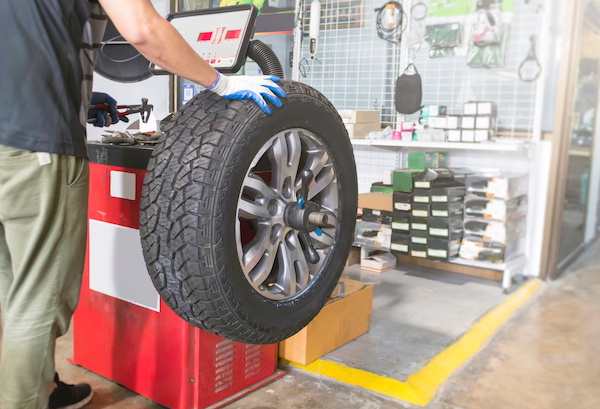
When it comes to maintaining a safe and smooth ride in your vehicle, tire balance and wheel alignment are key. But which service do you actually need? Let's explore the differences between these two services so that you can know what is best for taking care of your car. What Is Tire Balancing? Tire balancing is the process of ensuring that your tires are spinning and rotating evenly. This helps to prevent vibrations while you drive. A tire balance will involve placing weights around the wheels' rims so that they can spin or rotate freely without producing any disruptive vibration or noise. It is important to balance your tires because an imbalance can lead to premature tire wear or worse, the tire detaching from the rim. What Is Wheel Alignment? Wheel alignment, on the other hand, is the process of adjusting the angles of your vehicle's wheels to make sure they are properly aligned. This helps to keep your car in a straight line and prevent uneven tire wear. It also he ... read more